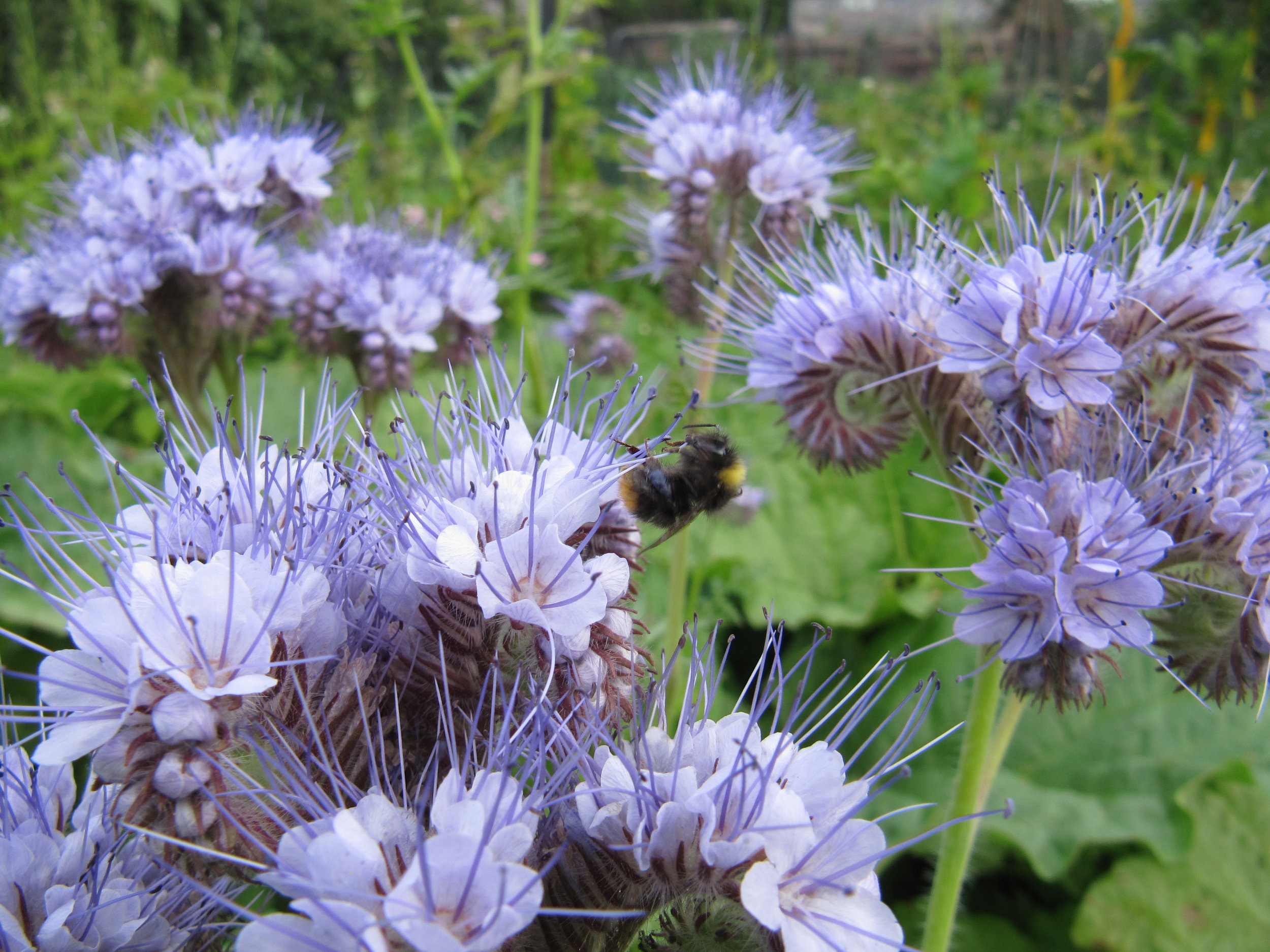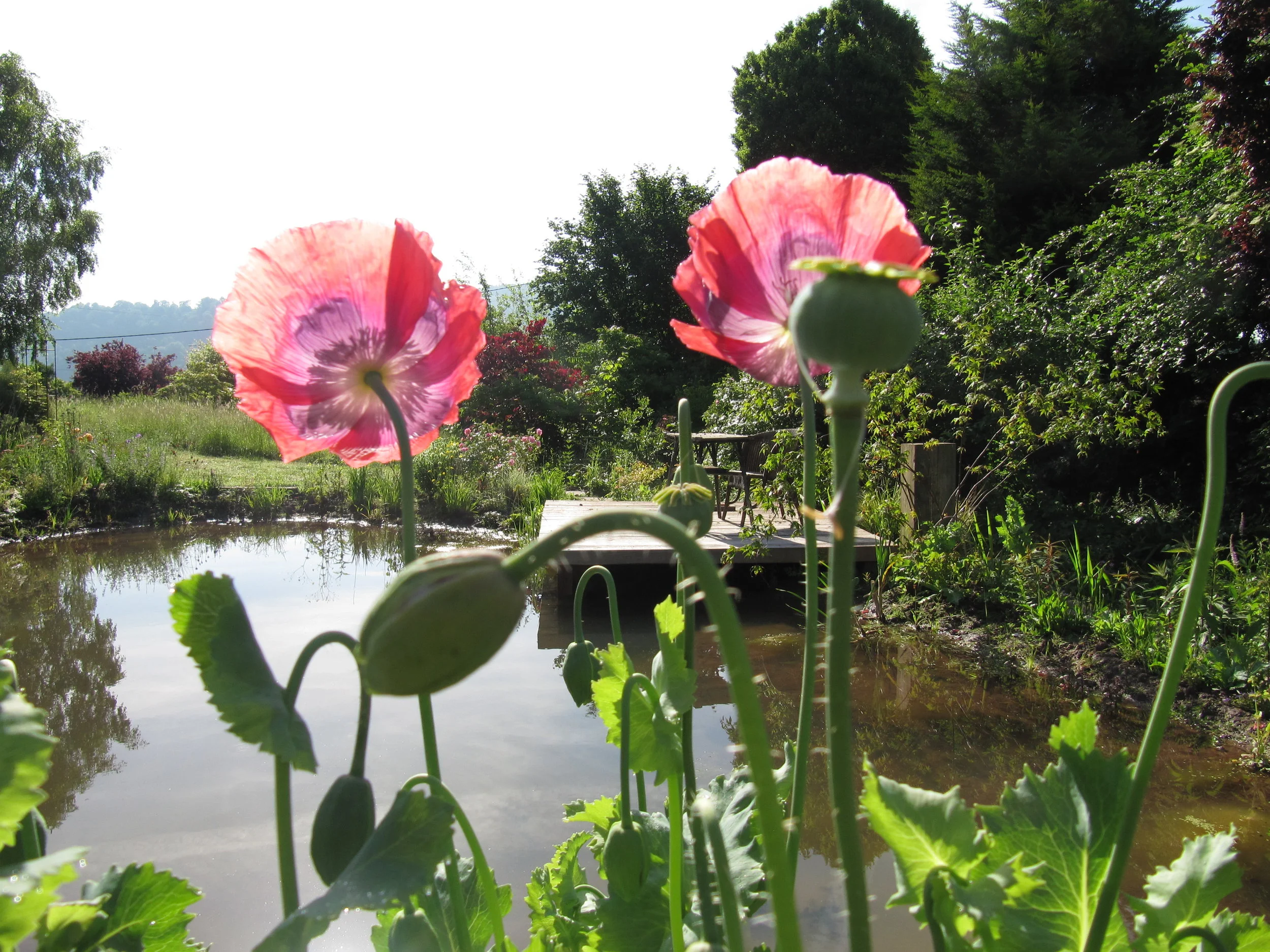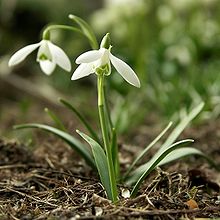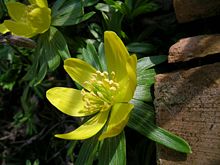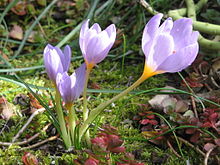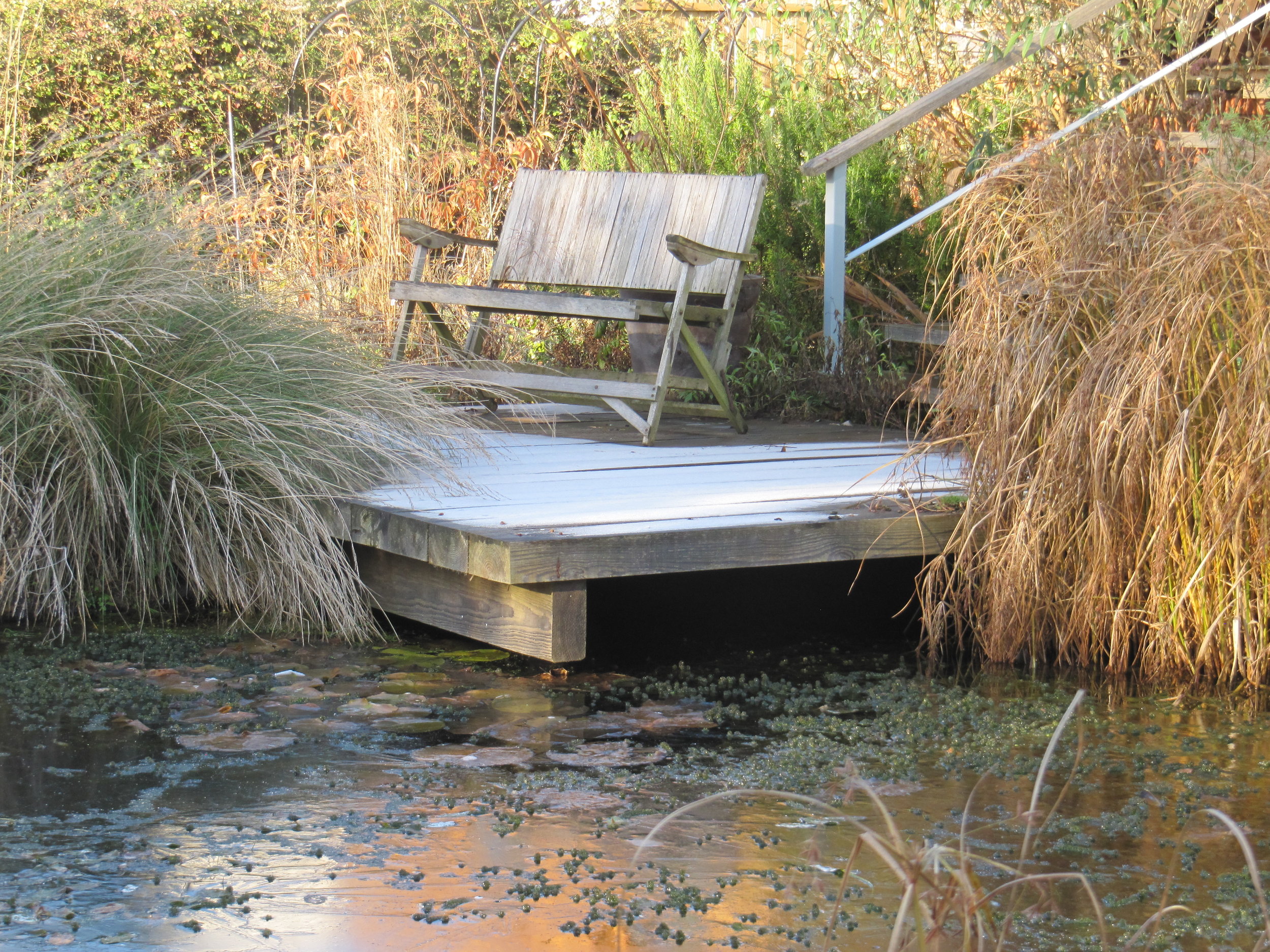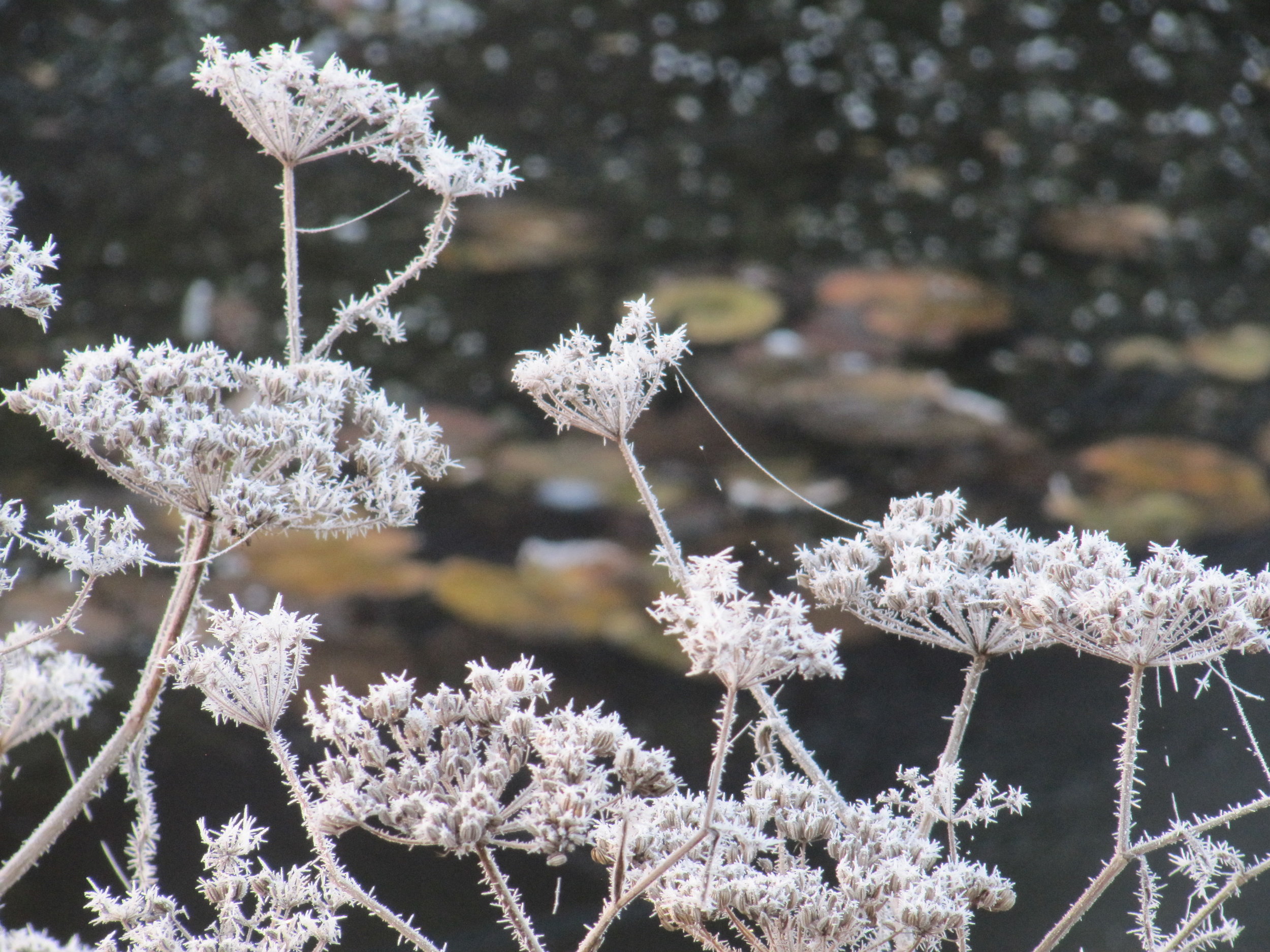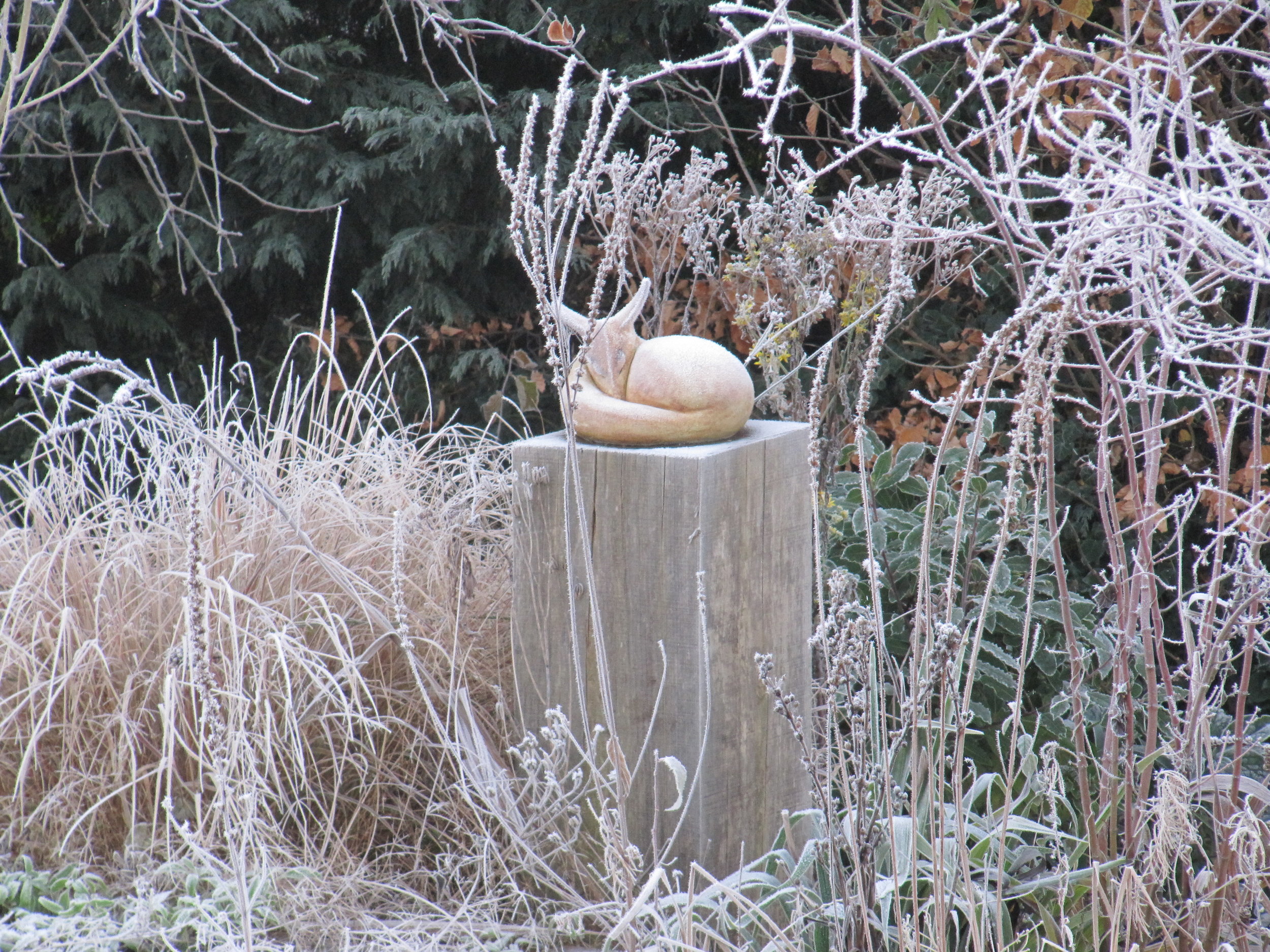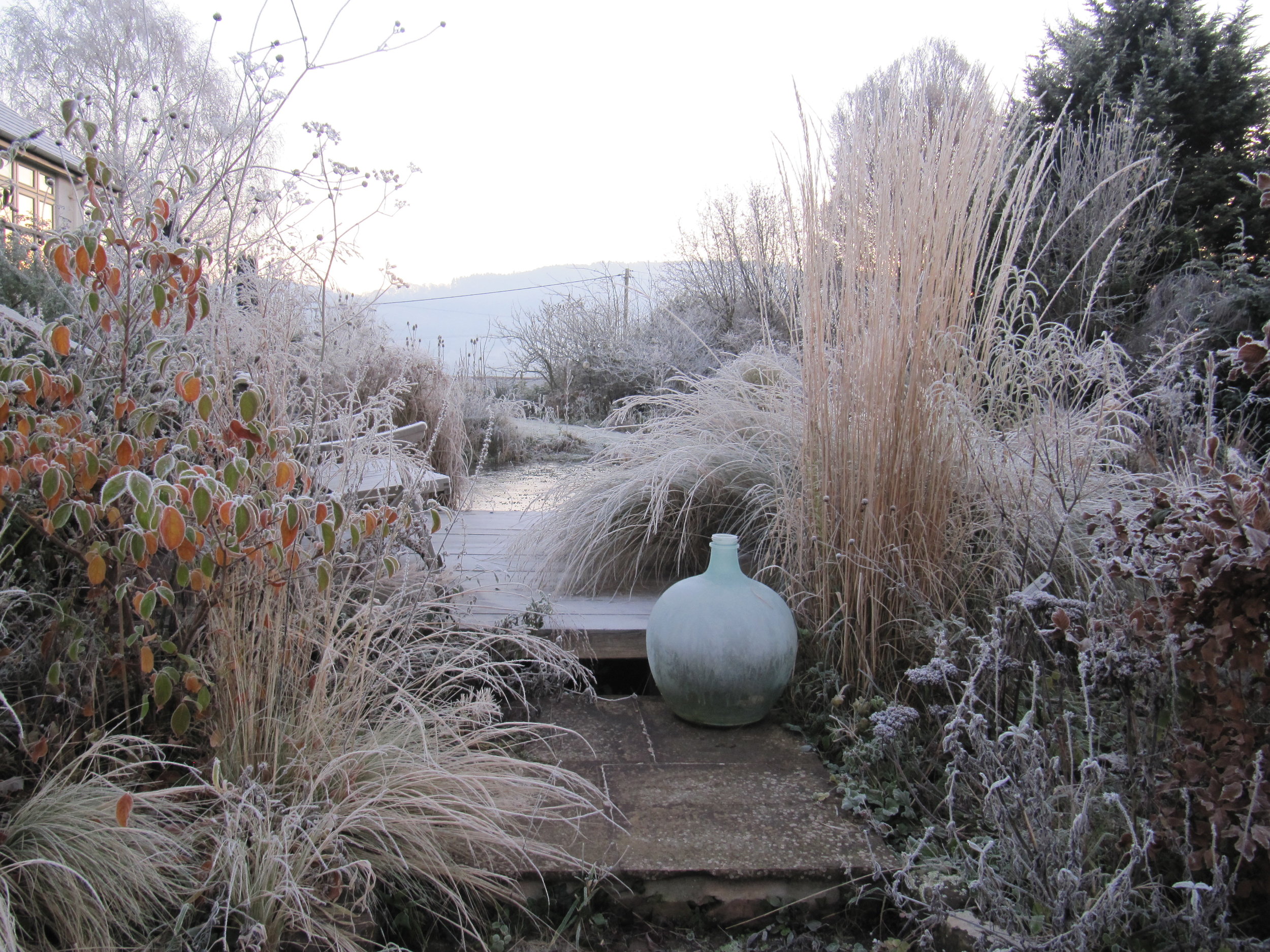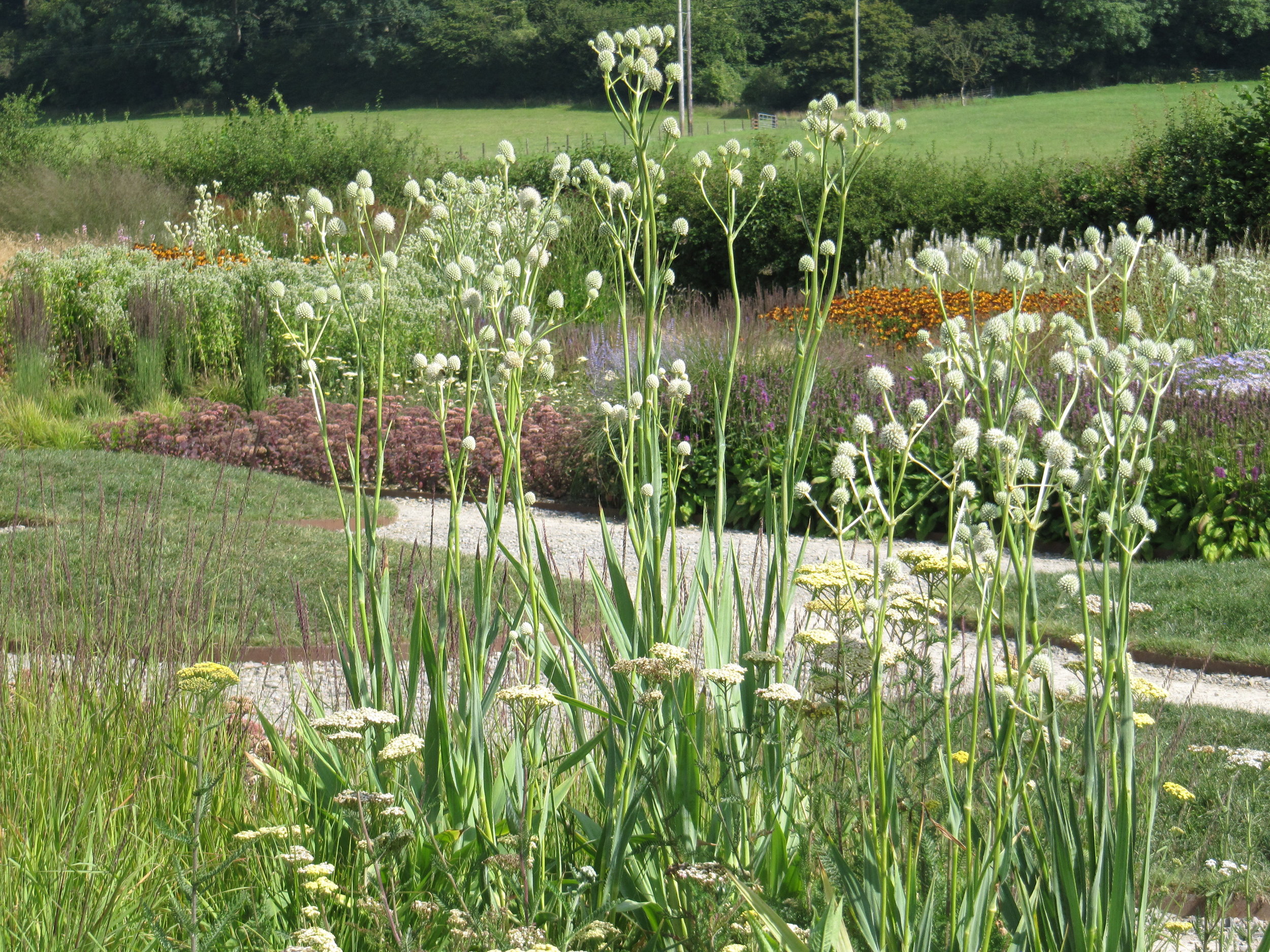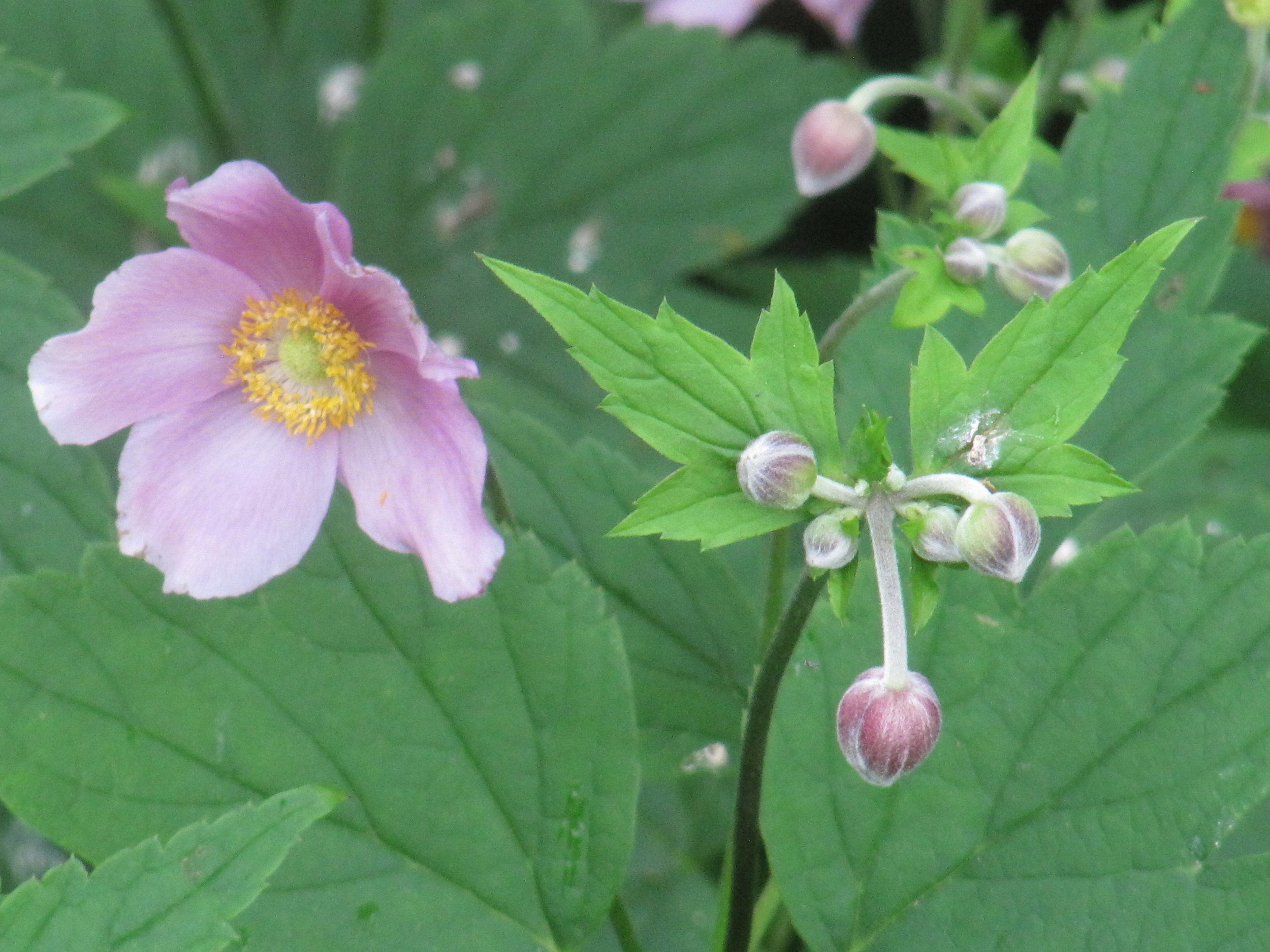It’s often said that combining plants is a form of art and creating artful arrangements of them is a big part of my work as a garden designer, but every spring when I see those regimented trays of traditional bedding plants for sale like begonias and busy lizzies my heart just sinks. Those flat carpets of colour so loved by the Victorians and parks departments are so difficult to place in an informal or naturalistic setting and for me simply stifle creativity.
That doesn’t mean that I don’t have any time for annuals, far from it, they can be a wonderful opportunity for a burst of summer colour, shape and texture as well as a brilliant source of nectar and pollen for insects.
This year I’ve discovered seed of annual plants I’ve not tried in my garden before so as well as the usual pink and white Cosmos I’ve ordered the seed of a pale yellow one, Cosmos ‘Xanthos’, the flower colour will tone beautifully with two of my favourites. Nigella, love in a mist, which enthusiastically seeds itself around my garden every year and Phacelia with its lovely early soft blue flowers which bees adore and is just as prolific.
All have delicate feathery foliage so as soon as they germinate there is something to enjoy, the flowers are fabulous and then the seed pods keep the interest going well into winter.
Foliage is important in any combination of plants and so I’m also trying a new variety of an old favourite Papaver somniferum, ‘Lauren’s Grape’. This is the infamous opium poppy but it has so many redeeming features, it’s tall and upright with grey green paddle shaped leaves and swan’s neck flowers which straighten up as they open to reveal silky translucent flowers, as the petals drop pepper pot seed heads swell and remain upright well into autumn.
Annual plants have many attributes, although they only live for one season the seed can usually be saved for subsequent years and the cost of a whole packet full of a new variety is so much less than just one container grown plant. The possibilities for experimenting with them are endless and now we’re in April it’s a brilliant time to give them a try, with thoughtful choices they can give us months of artful interest in the garden through summer and beyond.


